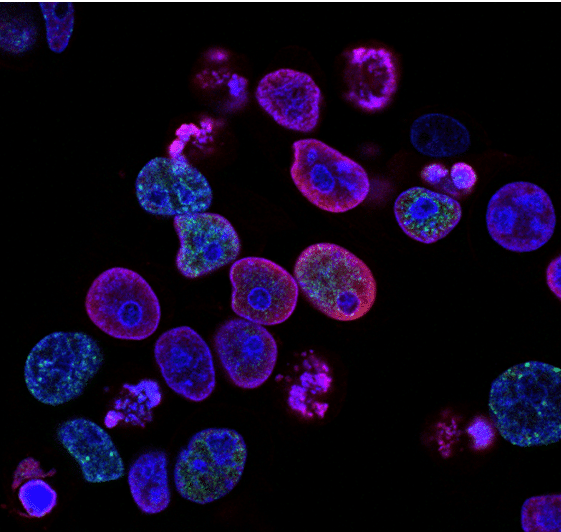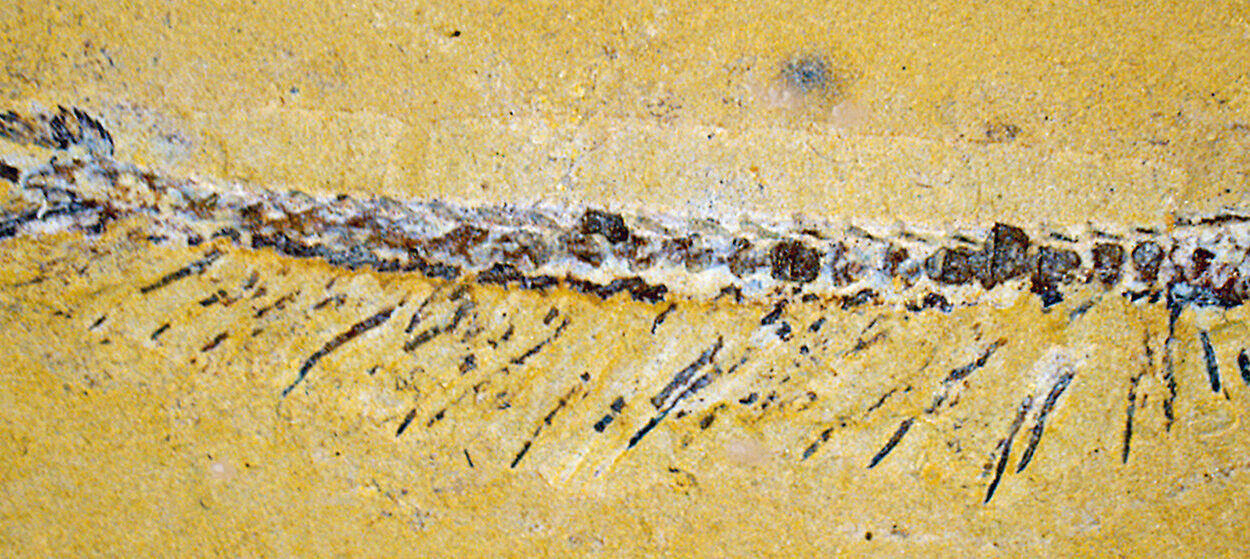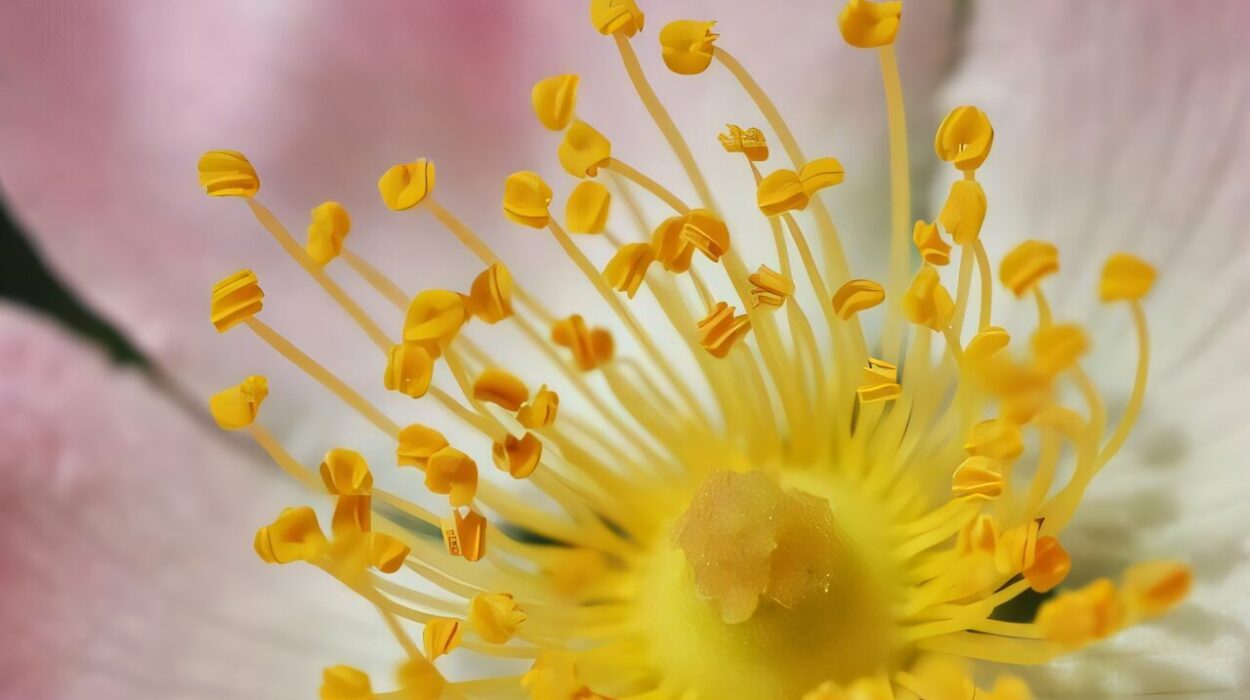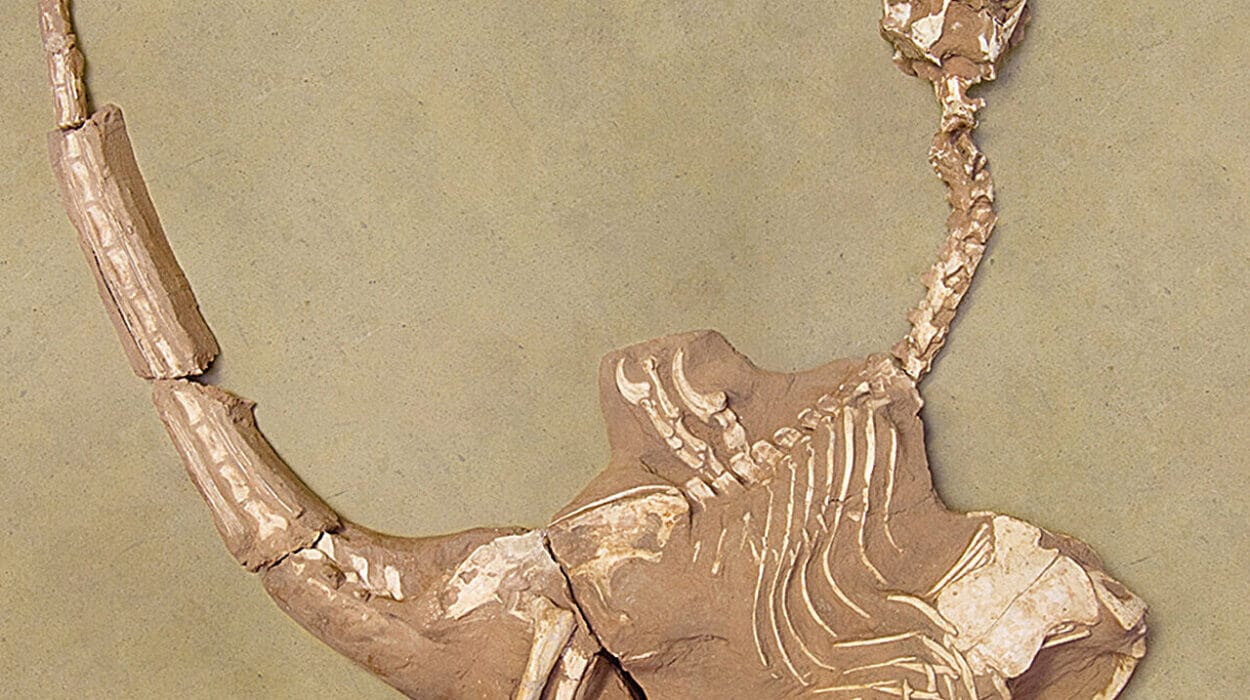In a quiet lab tucked behind the glass corridors of modern science, an international team of researchers has peered billions of years into the past—without a time machine. Their tool was molecular, their target microscopic, and their discovery may rewrite what we know about the very invention that made life on Earth possible: photosynthesis.
Published in Proceedings of the National Academy of Sciences, the team’s work centers around a relic of biology’s deep past: a newly discovered cyanobacterium named Anthocerotibacter panamensis. At first glance, this humble microbe, isolated from a shaded niche in the tropics, might seem unremarkable. Yet hidden in its molecular architecture lies one of the oldest and most elegant machines nature has ever built—a photosynthetic nanodevice called Photosystem I (PSI).
This molecular complex doesn’t just capture sunlight; it converts it into usable energy, jumpstarting the process that ultimately leads to oxygen production. PSI is the molecular ancestor of every leaf, every blade of grass, and every breath of air we take. And in A. panamensis, it exists in a form that has barely changed in three billion years.
Before Plants, Before Animals, Before Oxygen
To appreciate the magnitude of this discovery, we need to step back—way back—to a time before trees, before fish, even before oxygen had accumulated in the atmosphere. Earth, around three billion years ago, was a hostile world. The skies were devoid of blue; the oceans choked with iron and methane. Life, where it existed, did so quietly and anaerobically. Then something astonishing happened: a group of tiny organisms began harvesting sunlight, not just to power themselves, but to split water molecules, releasing oxygen as a byproduct.
This process—oxygenic photosynthesis—would go on to change everything. It would rust the oceans, bleach the skies blue, carve out the ozone layer, and eventually fuel the explosion of multicellular life. The first great planetary engineer was not a tectonic shift or asteroid impact. It was a microbe.
The modern blueprint of this process lives on in plants and algae. But its true origins remained obscured in evolutionary fog—until now.
A Living Fossil Without the Bells and Whistles
A. panamensis isn’t just another cyanobacterium. It belongs to a lineage so ancient, it diverged from all known cyanobacteria before the continents had even fully formed. Its closest known evolutionary cousin split off roughly 1.4 billion years ago, leaving A. panamensis a microbial loner—a living fossil adrift in time.
Crucially, it lacks the modern innovations that most cyanobacteria (and all plants) use to turbocharge photosynthesis. Most photosynthetic organisms organize their machinery into tightly packed membrane stacks called thylakoids—imagine multiple solar panels stacked like pancakes. These structures maximize light capture and efficiency. But A. panamensis has no thylakoids. Instead, it carries out the entire light-harvesting process on a single, primitive membrane—the bacterial equivalent of powering a spaceship with a flashlight.
This architectural simplicity comes at a cost. A. panamensis grows slowly and can only survive in very dim light under lab conditions. But for scientists like Dr. Ming-Yang Ho of National Taiwan University, that simplicity is a gift. “We cannot travel back 3 billion years to observe the cyanobacteria on Earth,” he explains. “That is why the early-branched A. panamensis is so crucial; it lets us glimpse what occurred in the past.”
Decoding the Photosynthetic Nanodevice
What the researchers set out to do was no small feat: isolate and decode the Photosystem I complex from this ancient bacterium in exquisite molecular detail. Using cryo-electron microscopy—a technique that flashes molecules in ultra-cold temperatures and photographs them at near-atomic resolution—they captured the three-dimensional structure of PSI in A. panamensis.
The results were stunning. Despite the age of the organism and the evolutionary drift in its proteins, the core architecture of PSI looked strikingly familiar. It formed a trimer—a trio of identical units joined in a shape that resembled a clover. Each unit held within it a treasure trove of over 300 pigment molecules, including chlorophylls and carotenoids, the molecules that capture sunlight and give plants their green and orange hues.
This arrangement, according to Dr. Christopher Gisriel of the University of Wisconsin-Madison, offers a clear evolutionary window. “With this PSI structure in hand,” he noted, “we can compare it to others and see which features are ancient and which are recent evolutionary innovations.”
What Time Has Preserved
The revelation here is not just that PSI works in A. panamensis, but how little it has changed. Nature got it astonishingly right, early on. Even three billion years ago, this photosynthetic engine was nearly as complex and efficient as the ones we find in modern plants. Evolution has, of course, added layers of refinement—like the thylakoid stacks—but the core machine was already humming.
It’s akin to digging up a 3-billion-year-old car and finding that, aside from a few modifications, it drives just like a modern electric vehicle.
“Even 3 billion years ago,” said Dr. Tanai Cardona of Queen Mary University of London, “photosynthesis appears to have reached a remarkable degree of sophistication.” This challenges the long-held belief that life’s early energy systems were crude or inefficient. On the contrary, this suggests that once photosynthesis emerged, it was quickly optimized—perhaps because the stakes were so high. Efficient energy harvesting meant survival in a hostile world.
Where Did Photosynthesis Really Begin?
But the discovery doesn’t just illuminate the past—it raises new questions. If A. panamensis already had a near-modern PSI complex, then where did this machine come from? How much further back must we go to find the true origin of oxygenic photosynthesis?
The answer, according to Dr. Cardona, might lie before the rise of cyanobacteria altogether. That’s a bold suggestion, because cyanobacteria have long been credited with inventing oxygen-producing photosynthesis. If earlier, now-extinct microbes were already tinkering with similar molecular machines, it would push the emergence of complex energy systems deeper into the Precambrian, perhaps into realms of Earth’s history for which we have no fossil record at all.
This isn’t just an academic question. Understanding when and how oxygenic photosynthesis evolved has implications for fields as diverse as climate science, evolutionary biology, and even astrobiology. If photosynthesis arose quickly and early on Earth, it may also do so on other planets—raising the odds that oxygen signatures in alien atmospheres could point to life.
From Molecules to Planetary Transformation
The story of A. panamensis is more than just a tale of molecular preservation. It’s a reminder of how deeply intertwined life and planet are. The quiet whirr of photosynthetic nanomachines like PSI ultimately rewrote the atmosphere, carved new ecological niches, and made possible everything from forests to elephants to philosophers.
And remarkably, that story is still unfolding. As scientists decode the inner workings of photosynthesis in ever-finer detail, we edge closer to reengineering it—potentially improving crop yields, designing solar technologies that mimic nature, or even creating synthetic life forms that breathe out oxygen.
A Flashlight from the Dawn of Time
If evolution is a tinkerer, as the French biologist François Jacob once said, then PSI is one of its finest creations—a masterpiece assembled with whatever proteins and pigments early life could cobble together. And in the deep shadows of the biosphere, A. panamensis holds that flashlight still, glowing faintly with the same principles that now flood the Earth with life-giving light.
It reminds us that even the simplest forms of life can carry the blueprints of revolutions. In the folds of a single membrane, unstacked and unassuming, lies a technology older than oxygen, more enduring than mountains, and as elegant as any human invention.
We may never set foot on Earth as it was three billion years ago. But thanks to this remarkable research, we’ve caught a glimpse—through the lens of a microscope—into a time when the world first began to breathe.
Reference: Han-Wei Jiang et al, Structure and evolution of photosystem I in the early-branching cyanobacterium Anthocerotibacter panamensis, Proceedings of the National Academy of Sciences (2025). DOI: 10.1073/pnas.2427090122






